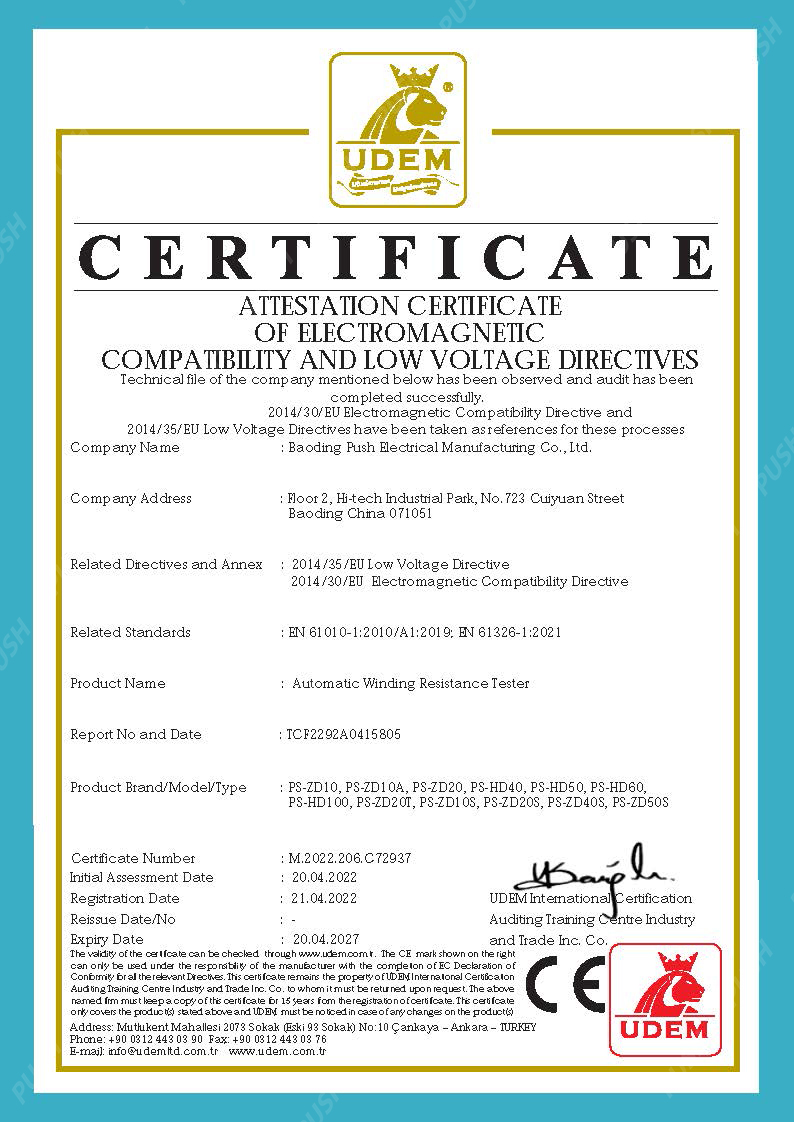 English
English



-
 Afrikaans
Afrikaans -
 Albanian
Albanian -
 Amharic
Amharic -
 Arabic
Arabic -
 Armenian
Armenian -
 Azerbaijani
Azerbaijani -
 Basque
Basque -
 Belarusian
Belarusian -
 Bengali
Bengali -
 Bosnian
Bosnian -
 Bulgarian
Bulgarian -
 Catalan
Catalan -
 Cebuano
Cebuano -
 China
China -
 China (Taiwan)
China (Taiwan) -
 Corsican
Corsican -
 Croatian
Croatian -
 Czech
Czech -
 Danish
Danish -
 Dutch
Dutch -
 English
English -
 Esperanto
Esperanto -
 Estonian
Estonian -
 Finnish
Finnish -
 French
French -
 Frisian
Frisian -
 Galician
Galician -
 Georgian
Georgian -
 German
German -
 Greek
Greek -
 Gujarati
Gujarati -
 Haitian Creole
Haitian Creole -
 hausa
hausa -
 hawaiian
hawaiian -
 Hebrew
Hebrew -
 Hindi
Hindi -
 Miao
Miao -
 Hungarian
Hungarian -
 Icelandic
Icelandic -
 igbo
igbo -
 Indonesian
Indonesian -
 irish
irish -
 Italian
Italian -
 Japanese
Japanese -
 Javanese
Javanese -
 Kannada
Kannada -
 kazakh
kazakh -
 Khmer
Khmer -
 Rwandese
Rwandese -
 Korean
Korean -
 Kurdish
Kurdish -
 Kyrgyz
Kyrgyz -
 Lao
Lao -
 Latin
Latin -
 Latvian
Latvian -
 Lithuanian
Lithuanian -
 Luxembourgish
Luxembourgish -
 Macedonian
Macedonian -
 Malgashi
Malgashi -
 Malay
Malay -
 Malayalam
Malayalam -
 Maltese
Maltese -
 Maori
Maori -
 Marathi
Marathi -
 Mongolian
Mongolian -
 Myanmar
Myanmar -
 Nepali
Nepali -
 Norwegian
Norwegian -
 Norwegian
Norwegian -
 Occitan
Occitan -
 Pashto
Pashto -
 Persian
Persian -
 Polish
Polish -
 Portuguese
Portuguese -
 Punjabi
Punjabi -
 Romanian
Romanian -
 Russian
Russian -
 Samoan
Samoan -
 Scottish Gaelic
Scottish Gaelic -
 Serbian
Serbian -
 Sesotho
Sesotho -
 Shona
Shona -
 Sindhi
Sindhi -
 Sinhala
Sinhala -
 Slovak
Slovak -
 Slovenian
Slovenian -
 Somali
Somali -
 Spanish
Spanish -
 Sundanese
Sundanese -
 Swahili
Swahili -
 Swedish
Swedish -
 Tagalog
Tagalog -
 Tajik
Tajik -
 Tamil
Tamil -
 Tatar
Tatar -
 Telugu
Telugu -
 Thai
Thai -
 Turkish
Turkish -
 Turkmen
Turkmen -
 Ukrainian
Ukrainian -
 Urdu
Urdu -
 Uighur
Uighur -
 Uzbek
Uzbek -
 Vietnamese
Vietnamese -
 Welsh
Welsh -
 Bantu
Bantu -
 Yiddish
Yiddish -
 Yoruba
Yoruba -
 Zulu
Zulu
gas chromatography for gas analysis
Gas Chromatography for Gas Analysis An Overview
Gas chromatography (GC) is an essential technique widely utilized for the analysis of volatile compounds in various fields, ranging from environmental monitoring to pharmaceuticals and food safety. This analytical method separates and quantifies gaseous compounds in a mixture, making it invaluable for identifying trace elements and understanding complex chemical behaviors.
Gas Chromatography for Gas Analysis An Overview
One of the most significant advantages of gas chromatography is its sensitivity and precision. GC can detect trace amounts of impurities or compounds at part-per-billion (ppb) levels, significantly benefiting applications like environmental science, where monitoring air quality and detecting pollutants is critical. For example, gas chromatography can effectively identify harmful substances in atmospheric samples, such as volatile organic compounds (VOCs) from industrial emissions, enabling regulatory bodies to maintain air quality standards and protect public health.
gas chromatography for gas analysis

Moreover, gas chromatography is highly effective in the food and beverage industry. It is commonly employed to analyze flavor compounds, fragrance profiles, and the authenticity of food products. For instance, GC can help detect artificial additives or contaminants in food, ensuring consumer safety and compliance with regulatory requirements. Techniques such as headspace analysis—where the vapor above the sample is analyzed—further enhance the applicability of GC in food analysis.
In addition to environmental and food applications, gas chromatography plays a critical role in the pharmaceutical industry. It is used to analyze the purity of substances, assess the stability of drug formulations, and determine the volatility of active pharmaceutical ingredients (APIs). Gas chromatography can also be coupled with mass spectrometry (GC-MS), further enhancing its analytical capability by allowing for the identification of compounds based on their mass-to-charge ratios. This hybrid technique is particularly valuable in toxicology and forensic science, where complex mixtures need to be dissected thoroughly to identify substances within biological samples.
Despite its wide-ranging applications, gas chromatography does have limitations. It is primarily suited for volatile and thermally stable compounds, which means it may not be effective for larger, non-volatile, or thermally labile molecules. Preparative steps may also be necessary to convert solid or liquid samples into a suitable gaseous form, which can introduce additional complexity into the analytical process.
In conclusion, gas chromatography is a powerful tool for gas analysis that offers unparalleled sensitivity and precision. Its applications span across multiple industries, providing critical insights into environmental health, food safety, and pharmaceutical integrity. While it has its limitations, advancements in technology and integration with other analytical techniques continue to enhance its capabilities, affirming its status as a cornerstone method in analytical chemistry. As science progresses, gas chromatography is likely to evolve, embracing new challenges and paving the way for innovative analytical solutions.
-
Testing Equipment Industry Sees Major Advancements in 2025: Smart & Precision Technologies Lead the WayNewsJun.06,2025
-
Applications of Direct Current Generators in Renewable Energy SystemsNewsJun.05,2025
-
Hipot Tester Calibration and Accuracy GuidelinesNewsJun.05,2025
-
Digital Circuit Breaker Analyzer Features and BenefitsNewsJun.05,2025
-
Benefits of Real-Time Power Quality Monitoring Devices for Industrial EfficiencyNewsJun.05,2025
-
Earth Fault Loop Testing in High-Rise Building Electrical SystemsNewsJun.05,2025



